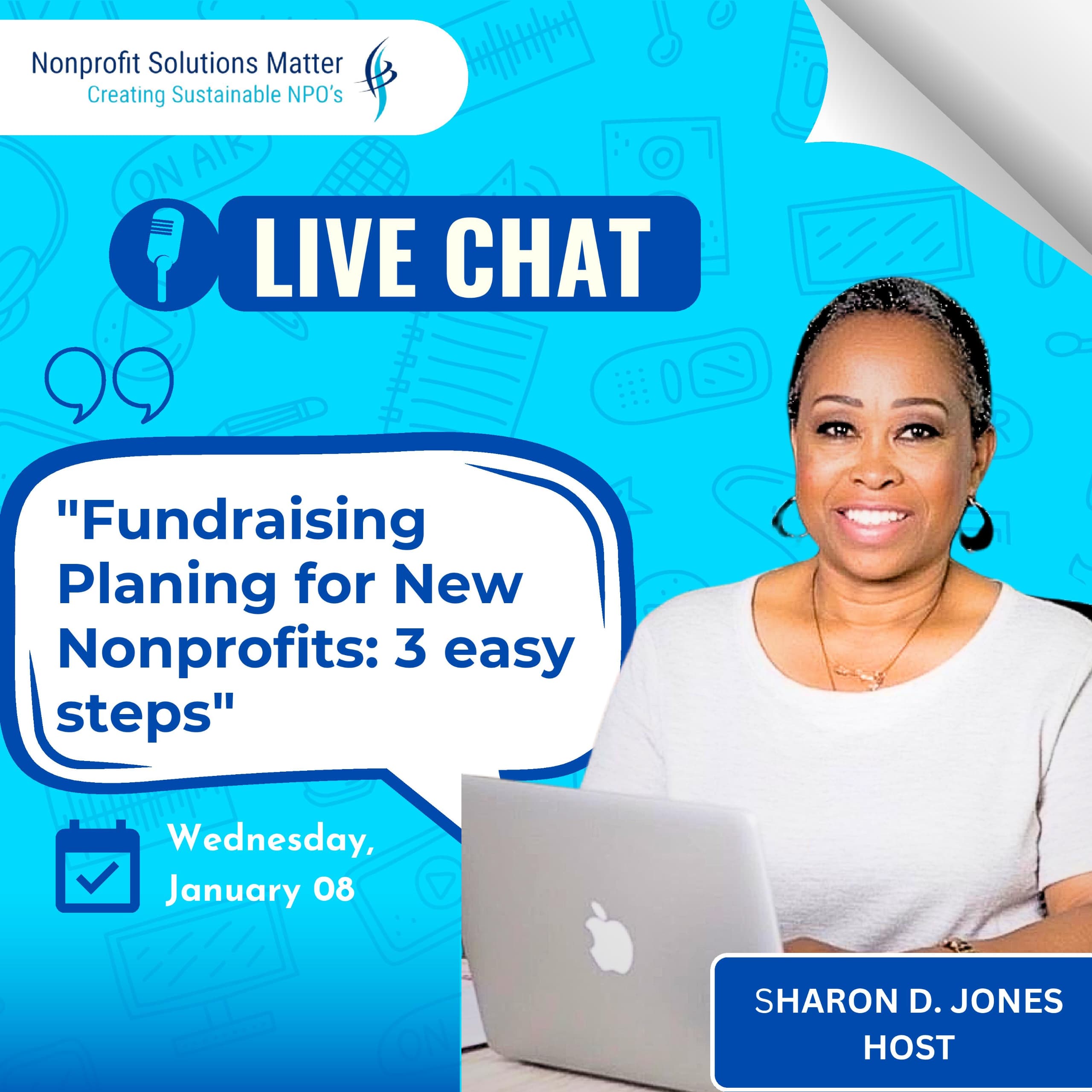Comprehensive Guide to a Fundraising Audit
Nonprofit organizations rely heavily on fundraising to fuel their mission and deliver impactful programs. However, successful fundraising requires more than reaching out to donors in an ever-changing landscape. It demands strategic planning, analysis, and adaptation. A fundraising audit offers nonprofits a powerful tool to assess their current fundraising practices, identify areas for improvement, and build a more effective, sustainable fundraising strategy.
This article will cover the essential aspects of a fundraising audit and how it can transform your nonprofit’s fundraising efforts. Throughout the week, we will break down various elements, including what a fundraising audit is, its components, its role in donor retention, when to conduct one, and how to create a plan based on the audit.
What is a Fundraising Audit, and Why is it Important?
A fundraising audit systematically evaluates your nonprofit’s fundraising activities, processes, and results. It serves as a comprehensive review to determine what’s working, what’s not, and where improvements can be made. By conducting a fundraising audit, nonprofits can gain insights into their donor base, fundraising strategies, and operational efficiency.
Why is it important?
- Strategic Alignment: It helps ensure that your fundraising efforts are aligned with your mission and organizational goals.
- Resource Optimization: A fundraising audit identifies areas where resources (time, money, and staff) may be misallocated or underutilized, ensuring a better return on investment.
- Data-Driven Decisions: It provides critical data, helping you make informed decisions and improve the effectiveness of future fundraising campaigns.
Donor Retention and Growth: An audit allows you to build stronger relationships and improve donor retention rates by understanding donor behaviors and patterns.
- Compliance and Accountability: It ensures that your fundraising efforts comply with industry standards and best practices, demonstrating transparency to donors and stakeholders.
Components of a Successful Fundraising Audit
A comprehensive fundraising audit involves multiple components, each offering valuable insights into your organization’s overall fundraising performance. These key areas ensure you cover every aspect of your fundraising operation for a holistic review.
1. Donor Analysis:
- Segmenting your donor base by factors such as giving history, demographics, and engagement helps tailor your communication and fundraising strategies.
- Identifying Significant donors and recurring contributors allows you to develop personalized strategies to nurture these relationships.
2. Fundraising Strategies Evaluation:
- Assessing your current fundraising approaches—such as events, direct mail, digital campaigns, and major gift solicitations—helps you understand which methods yield the best results.
- This evaluation also identifies areas for improvement, such as optimizing underperforming campaigns or incorporating new fundraising trends.
3. Operational Efficiency:
- Reviewing internal processes, including data management, donor stewardship, and communication protocols, ensures your organization operates smoothly.
- Auditing your operations guides and workflows streamlines efforts, saving time and maximizing productivity.
4. Partnership Development:
Assessing the value of current partnerships and exploring new collaborations with corporations or other nonprofits can enhance your fundraising capacity and expand your donor base.
5. Financial and Administrative Review:
A thorough analysis of your financial management, including budgeting and expense tracking, ensures transparency and accountability, which are critical factors in building trust with donors.
6. Impact Evaluation:
Donors want to see the impact of their contributions. Assessing the effectiveness of your programs and measuring their outcomes helps communicate your success to potential donors, strengthening your support cast.
Boosting Donor Retention with a Fundraising Audit
One of the most significant benefits of a fundraising audit is improving donor retention. Retaining donors is more cost-effective than acquiring new ones, and loyal donors are more likely to increase their giving over time. Here’s how a fundraising audit helps boost donor retention:
- Personalized Engagement: A donor analysis helps you understand the preferences, motivations, and giving patterns of your supporters, allowing you to create personalized communication strategies that deepen connections.
- Strengthening Relationships: The audit reveals areas where donor stewardship can be improved. A stronger focus on appreciation and impact communication leads to long-term relationships.
- Targeted Re-engagement: Lapsed donor analysis allows you to implement re-engagement strategies, bringing back supporters who may have stopped giving.
- Improved Donor Experience: Operational improvements from the audit streamline donor interactions, ensuring a seamless experience that keeps them coming back.
When Do You Need a Fundraising Audit, and Who Should Run It?
Knowing when your organization is due for a fundraising audit is essential. You should consider conducting an audit if:
- You’re experiencing a decline in donor retention rates.
- Your fundraising strategies aren’t meeting expected goals.
- You’ve had significant staff or leadership changes.
- Your organization is preparing for a major capital campaign or new fundraising initiative.
As for who should run the audit, you have two options:
1. Internal Audit: This is conducted by staff, board members, or a fundraising committee within the organization. It can be effective but may lack objectivity.
2. External Audit: This is conducted by an external consultant or firm. It provides an unbiased perspective and brings expert knowledge and industry best practices to the table.
Creating a Fundraising Plan from Your Fundraising Audit
After conducting a comprehensive fundraising audit, the next step is to use the findings to develop an actionable fundraising plan. This plan ensures you capitalize on your strengths and address any gaps identified during the audit.
1. Set Clear, Achievable Goals: Use the data from the audit to define specific, measurable goals for the year. This includes both revenue targets and donor engagement objectives.
2. Refine Your Fundraising Strategies: Based on the audit’s insights, refine your approaches, such as focusing more on digital campaigns, improving direct mail strategies, or cultivating central donor relationships.
3. Allocate Resources: Align your budget and staffing to support the strategies that will yield the best returns, and adjust resource allocation where necessary.
4. Develop a Donor Retention Plan: With the donor analysis data, create targeted retention and stewardship strategies to maintain and grow donor relationships.
5. Monitor and Evaluate: Implement a system for regular evaluation, tracking progress against the plan's goals. This allows for timely adjustments and helps ensure long-term success.
Conclusion
A fundraising audit is a powerful tool that evaluates your current fundraising performance and provides actionable insights to strengthen your organization’s efforts. A fundraising audit can increase donor retention, more effective campaigns, and sustainable growth by understanding your donors, optimizing fundraising strategies, and ensuring operational efficiency. Once the audit is complete, translating the findings into a well-crafted fundraising plan will help your nonprofit achieve its financial goals and make a more significant impact.
Sharon Jones is the Founder and Lead Consultant of Solutions Matter LLC























































